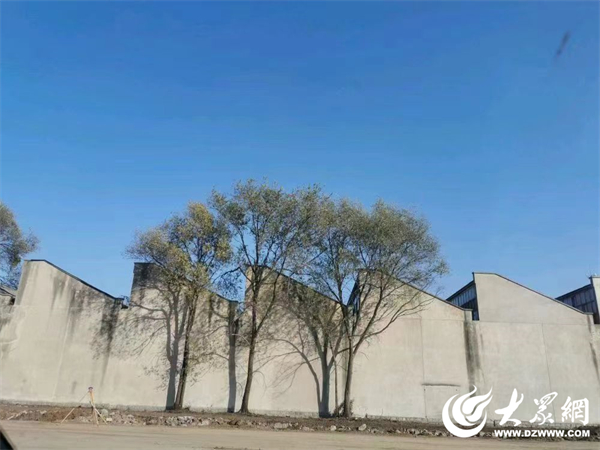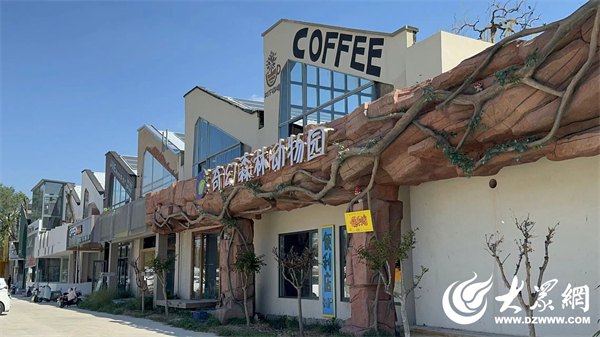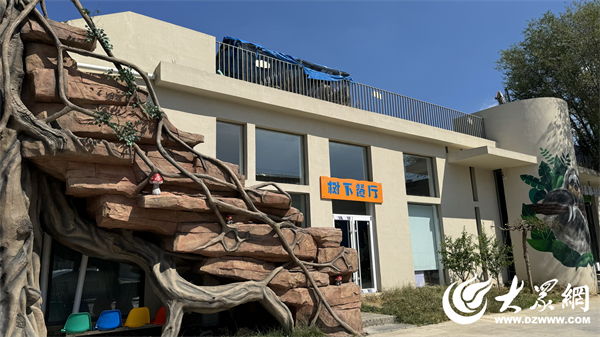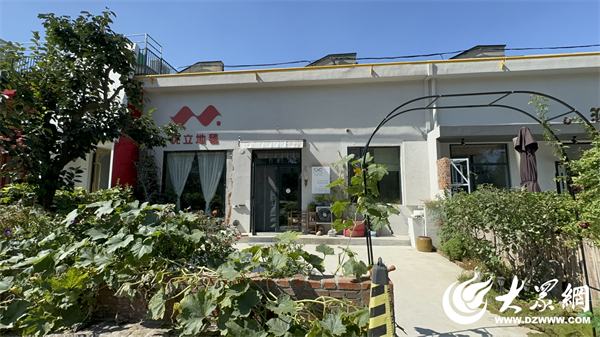Revitalizing Industrial Heritage: From "Yantai Third Cotton Textile Factory" to "iDesign Cultural and Creative Industry Park"
In the vibrant era of the 1960s, the roar of machinery and the sweat of workers forged the solid foundation of Yantai's industrial modernization. Today, with the passage of time, this once-glorious industrial site is undergoing an unprecedented transformation. From an abandoned factory to a cultural and creative hub, the "iDesign Cultural and Creative Industry Park" in Zhifu District is reviving dormant memories and evolving with a new model of "culture and design."

Here, the old factory buildings, with their pointed roofs and slanted designs, have been preserved, achieving a perfect blend of modern aesthetics and historical industrial heritage. A series of trend-setting activities have debuted here, creating a "dialogue" with the factory's past glories and connecting the past, present, and future of Yantai's collective memory and city life.


Originally, the iDesign Cultural and Creative Industry Park was the Yantai Third Cotton Textile Factory, covering an area of 110 acres. Designed and constructed in 1963 with the involvement of Soviet designers, its Russian architectural style and historical value represent invaluable resources. In the 1990s, as society and the economy transformed, the textile industry began to decline. Eventually, the Third Cotton Textile Factory closed, and the old factory buildings were left idle. However, the cessation of production did not signal the end of the site's cultural and historical significance. With the support of various relevant departments, infrastructure construction and business development for the iDesign Cultural and Creative Industry Park proceeded at full speed. In just a year and a half, 16,000 square meters of factory space had been renovated.


The construction of the Industrial Park prioritized preservation. While retaining historical traces, modern design elements were ingeniously integrated, breathing new life into the old factory buildings. The fusion of the old and the new not only preserves industrial heritage but also aligns with contemporary aesthetic trends, adding a unique charm to the city's culture. One of the park's most eye-catching features is the rows of distinctive pointed roofs on the old factory buildings, originally designed to provide ample sunlight for drying cotton textiles. Today, these pointed roofs have become the park’s most iconic feature. "Each pointed roof represents a section of the factory, and there are about 30 such sections in the park," said Ju Junchao, head of the design and cultural creative industry park.
"Preservation alone is not enough; it must also be revitalized." To give the old factories new value, the park injects fresh "blood" into them while retaining the "skeleton" of the industrial buildings. Connectivity between renovated buildings is achieved through streets and elevated sky corridors, which enable shared utilities such as water and electricity. The transformation is not merely physical; it also represents a cultural inheritance and innovation. By introducing a variety of industries, including architecture, industrial design, fashion, and graphic design, the park has activated dormant resources and promoted the growth of the cultural and design industries. This "culture and design" model not only enriches the park’s ecosystem but also provides greater development opportunities for enterprises. Additionally, the park supports businesses through design assistance and operational cost reductions, fostering a thriving industrial ecosystem.
The transformation of the "iDesign Cultural and Creative Industry Park" has not only injected fresh vitality into Yantai's economic development but has also promoted the organic renewal of the city. The rise of the cultural and creative industries has stimulated the growth of related industrial chains, increased employment, and upgraded consumption. More importantly, it enhances the city's cultural soft power and brand image, enabling Yantai to preserve its cultural and historical characteristics amidst rapid urbanization.
By “inheriting through protection and developing through innovation,” the city is transforming its rich industrial heritage into new cultural landmarks. Here, people seem to traverse the river of history, engaging in a dialogue across time and space. By empowering industrial renewal with innovative development, promoting economic quality through industry, and accelerating organic cycles with urban renewal, Yantai is moving toward a promising future with determination.

